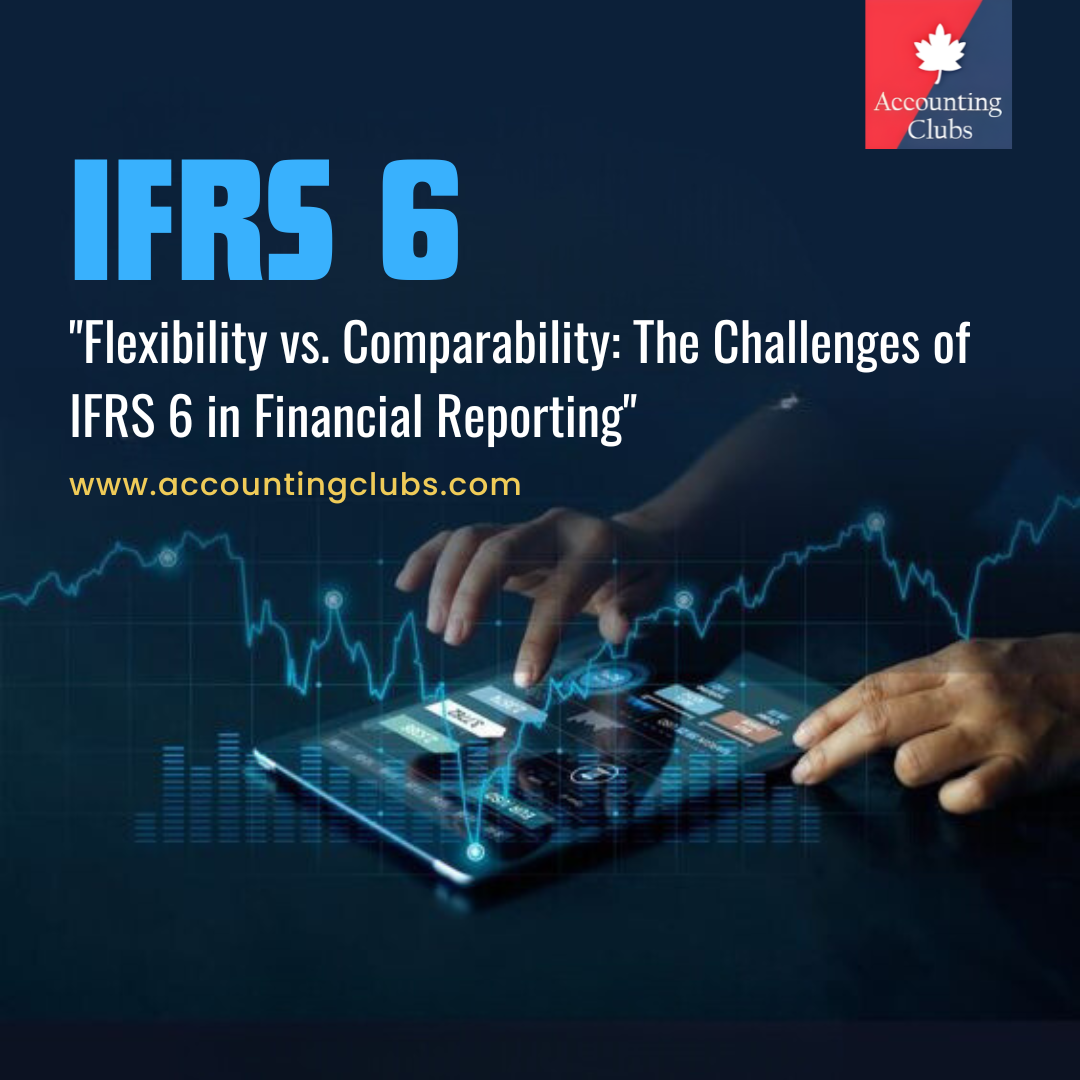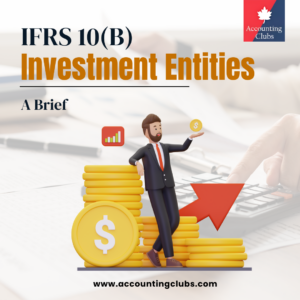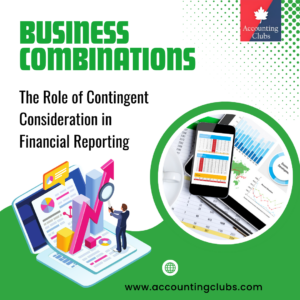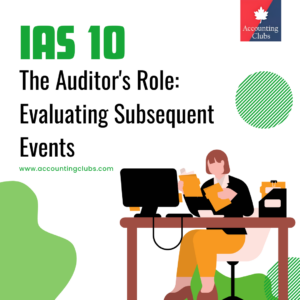Flexibility vs. Comparability: The Challenges of IFRS 6 in Financial Reporting

IFRS 6, Exploration for and Evaluation of Mineral Resources, provides entities engaged in extractive activities with significant flexibility in developing their accounting policies for recognizing exploration and evaluation (E&E) expenditures. This flexibility is crucial for companies operating in industries characterized by high uncertainty and variability in resource discovery.
Flexibility in Accounting Policies
One of the most notable features of IFRS 6 is its allowance for entities to continue using their existing accounting policies related to E&E expenditures, even if these policies do not fully comply with the requirements of other IFRS standards. This exemption from certain provisions of IAS 8 (Accounting Policies, Changes in Accounting Estimates and Errors) enables companies to adopt accounting practices that are relevant and reliable while navigating the complexities of the exploration phase.
1. Capitalization of Exploration Costs: IFRS 6 permits entities to capitalize exploration costs, allowing them to treat these expenditures as assets rather than expenses. This approach contrasts with stricter standards that may require immediate expensing.
Example: A mining company spends $500,000 on geological surveys and drilling activities to explore a new site. Under IFRS 6, the company can choose to capitalize these costs as exploration assets rather than expensing them immediately. This decision allows the company to defer recognizing these costs on its income statement, potentially enhancing short-term profitability.
2. Diverse Accounting Methods: Entities can choose from various accounting methods for E&E expenditures, such as the successful efforts method or the full-cost method.

Example:
- A company using the successful efforts method capitalizes only those exploration costs associated with successful drilling results. If it discovers a viable mineral deposit, it capitalizes $200,000 of costs related to that successful well while expensing $300,000 spent on unsuccessful wells.
- In contrast, another company using the full-cost method capitalizes all exploration costs incurred during a reporting period, regardless of success or failure. If it spends $500,000 on various drilling activities (both successful and unsuccessful), it capitalizes the entire amount.
- Internal Policies: Companies are encouraged to develop internal accounting policies tailored to their specific circumstances.
Example: A company may decide to implement a policy that allows it to capitalize certain administrative costs directly attributable to exploration activities. For instance, salaries of geologists working on site may be capitalized as part of exploration costs under its internal policy.
Implications for Financial Reporting
The flexibility provided by IFRS 6 has several implications for financial reporting:
- Comparability Issues: The diversity in accounting policies can lead to challenges in comparability between entities within the same industry.
Example: Two mining companies operating in the same region may report vastly different financial results due to their chosen accounting methods for E&E expenditures. Company A uses the successful efforts method while Company B employs the full-cost method, making it difficult for investors to assess their relative performance accurately.
- Transparency Concerns: While flexibility allows for tailored reporting, it may also result in reduced transparency if companies do not adequately disclose their chosen accounting policies and the rationale behind them.
Example: If a company capitalizes significant amounts of exploration costs but fails to disclose its accounting policy clearly, stakeholders may misinterpret its financial health based on inflated asset values.
- Impact on Financial Ratios: The choice of capitalization versus expensing can significantly impact key financial ratios.
Example: If a company capitalizes $1 million in exploration costs, its net income will appear higher than if it had expensed those costs immediately. This capitalization can improve ratios such as return on assets (ROA) and earnings before interest and taxes (EBIT), potentially influencing investment decisions based on perceived profitability.
- Impairment Testing: Although IFRS 6 allows for flexibility in recognizing E&E expenditures, it also establishes criteria for impairment testing that must be adhered to once exploration activities progress.
Example: A company that has capitalized exploration costs must periodically assess whether those costs should be impaired based on factors like changes in market conditions or project viability. If a previously promising site is deemed unviable due to new regulatory restrictions, the company must recognize an impairment loss.
Theoretical models used to explain the capitalization of exploration and evaluation expenditures
1. Successful Efforts Method
The Successful Efforts Method is one of the most widely adopted models in the extractive industry. Under this approach, only those costs directly associated with successful exploration efforts that lead to commercially viable discoveries are capitalized. Costs incurred during unsuccessful exploration efforts are expensed in the period they occur.
- Key Features:
- Only capitalizes costs related to successful discoveries.
- Expenses costs related to unsuccessful exploration.
- Encourages prudent financial reporting by linking costs to expected future cash flows.
- Implications: This method can lead to more conservative financial statements, as only successful efforts are reflected as assets. However, it may also result in significant fluctuations in reported earnings due to the expensing of unsuccessful exploration costs.
2. Full Cost Method
The Full Cost Method allows companies to capitalize all exploration and evaluation expenditures incurred during a reporting period, regardless of whether they lead to successful discoveries. This model is particularly favored by companies engaged in extensive exploration activities across multiple sites.

- Key Features:
- All exploration costs are capitalized.
- Costs are accumulated on a field-by-field basis.
- Encourages investment in exploration by reducing immediate expense recognition.
- Implications: While this method can enhance asset values on the balance sheet, it may inflate reported profitability since all costs are deferred as assets until they are depleted or impaired. Critics argue that this could mislead stakeholders about a company’s financial health if significant costs do not lead to recoverable resources.
3. Area of Interest Model
The Area of Interest Model groups all exploration and evaluation expenditures related to a specific geological area into a single cost pool. This approach allows companies to capitalize all costs associated with exploration activities within that area, regardless of individual success or failure.
- Key Features:
- Costs are aggregated based on geographical areas deemed favorable for resource discovery.
- Simplifies accounting by allowing broader capitalization criteria.
- Implications: This model can provide more stability in financial reporting by smoothing out the impact of individual successful or unsuccessful projects. However, it may also lead to less transparency regarding the performance of specific exploration efforts.
4. Reserve Recognition Accounting (RRA)
Reserve Recognition Accounting (RRA) is a model that focuses on recognizing reserves as assets once they are proven and economically viable. Under this model, expenditures related to finding and developing reserves are capitalized only when there is reasonable certainty about their recoverability.
- Key Features:
- Emphasizes proven reserves and economic viability.
- Links asset recognition directly to future cash flows from reserves.
Implications: RRA can enhance the accuracy of asset valuations by ensuring that only economically viable resources are recognized as assets. However, it may also delay capitalization until reserves are proven, impacting short-term financial statements.
The theoretical models for capitalizing exploration and evaluation expenditures under IFRS 6 reflect the diverse practices within the extractive industry. Each model—whether it be the Successful Efforts Method, Full Cost Method, Area of Interest Model, or Reserve Recognition Accounting—offers distinct advantages and challenges for financial reporting. The choice of model can significantly influence reported asset values, profitability, and overall financial health, making it crucial for stakeholders to understand these implications when evaluating companies in the extractive sector.
Conclusion
The flexibility afforded by IFRS 6 in developing accounting policies for exploration and evaluation expenditures is a double-edged sword. While it allows entities to tailor their financial reporting practices to better reflect their unique circumstances, it also introduces challenges related to comparability and transparency. As stakeholders navigate these complexities, it is crucial for companies to maintain clear communication regarding their chosen accounting policies and ensure robust disclosures that enhance understanding of their financial positions.











